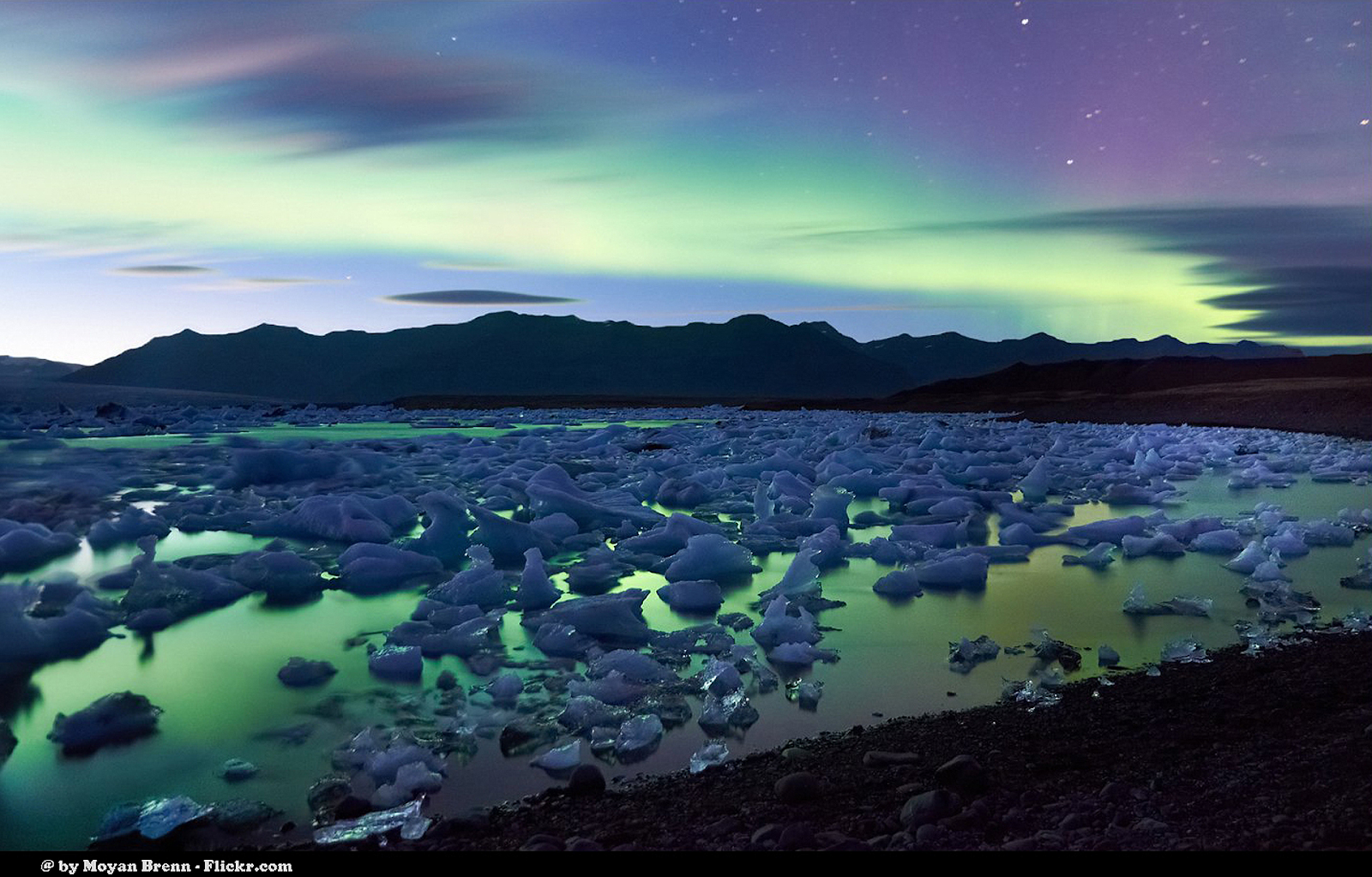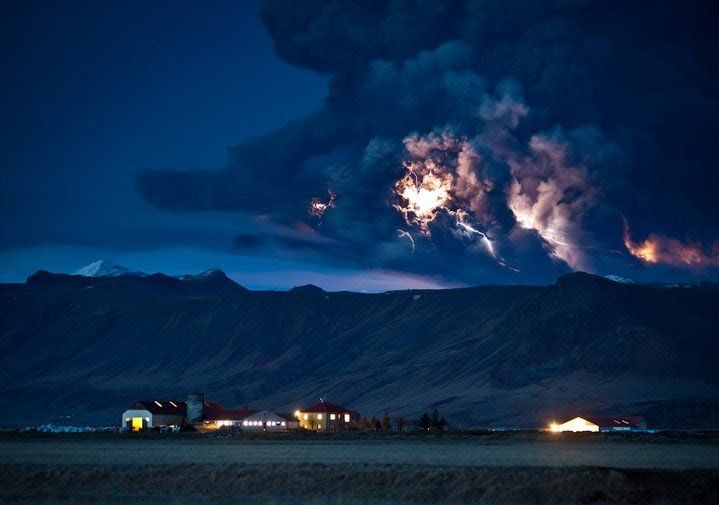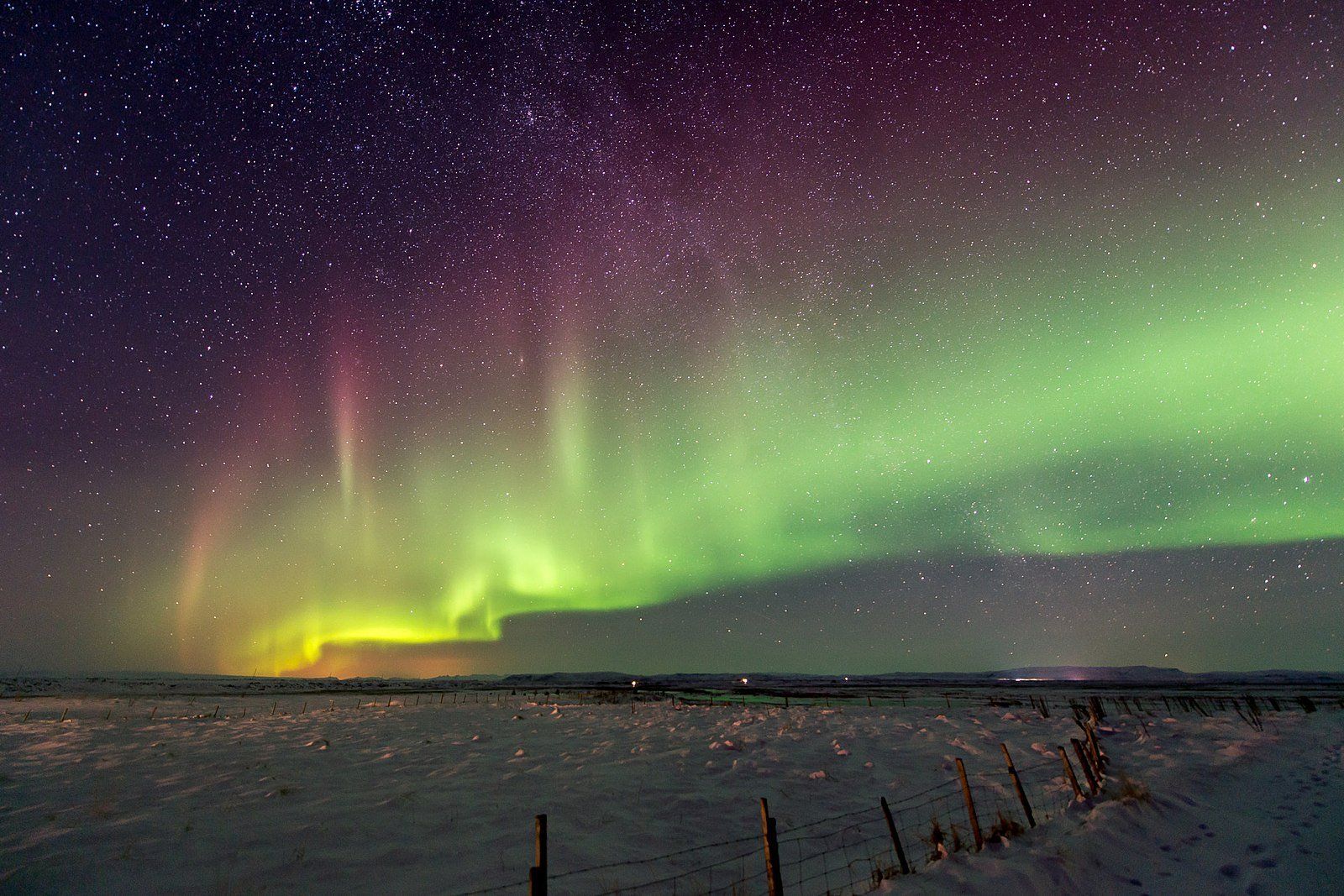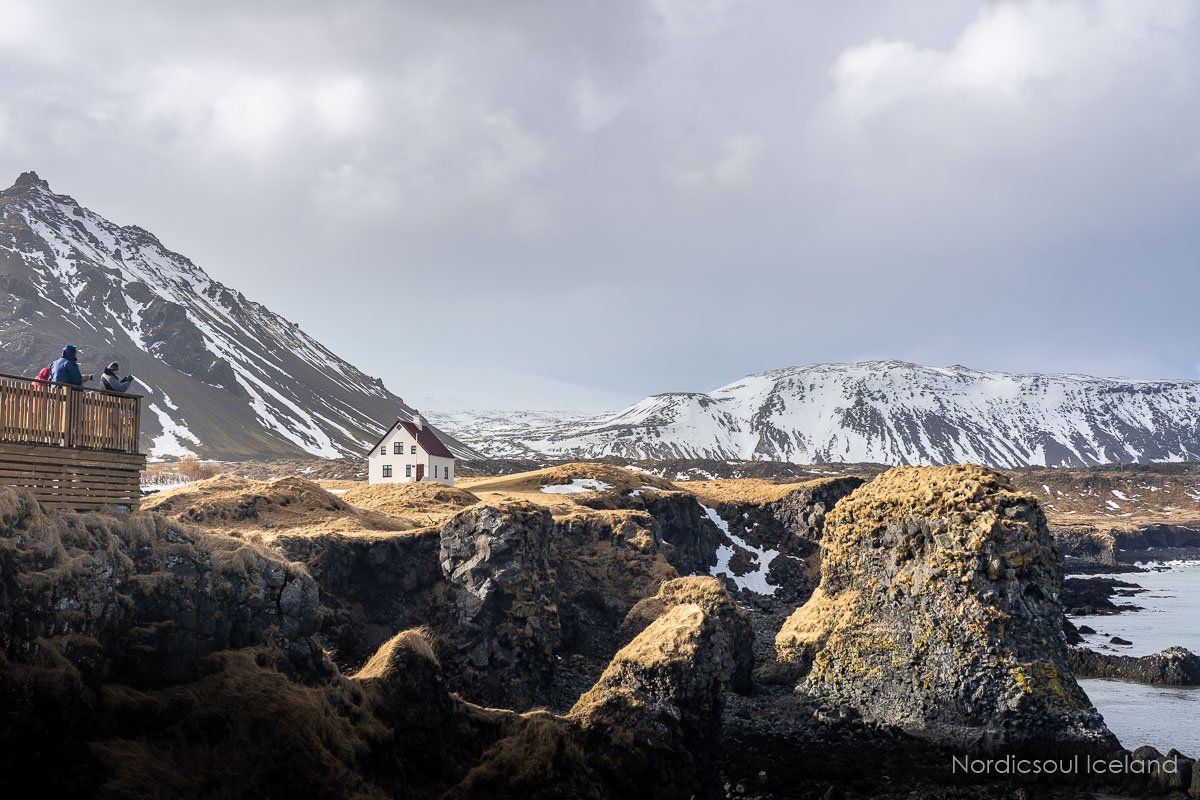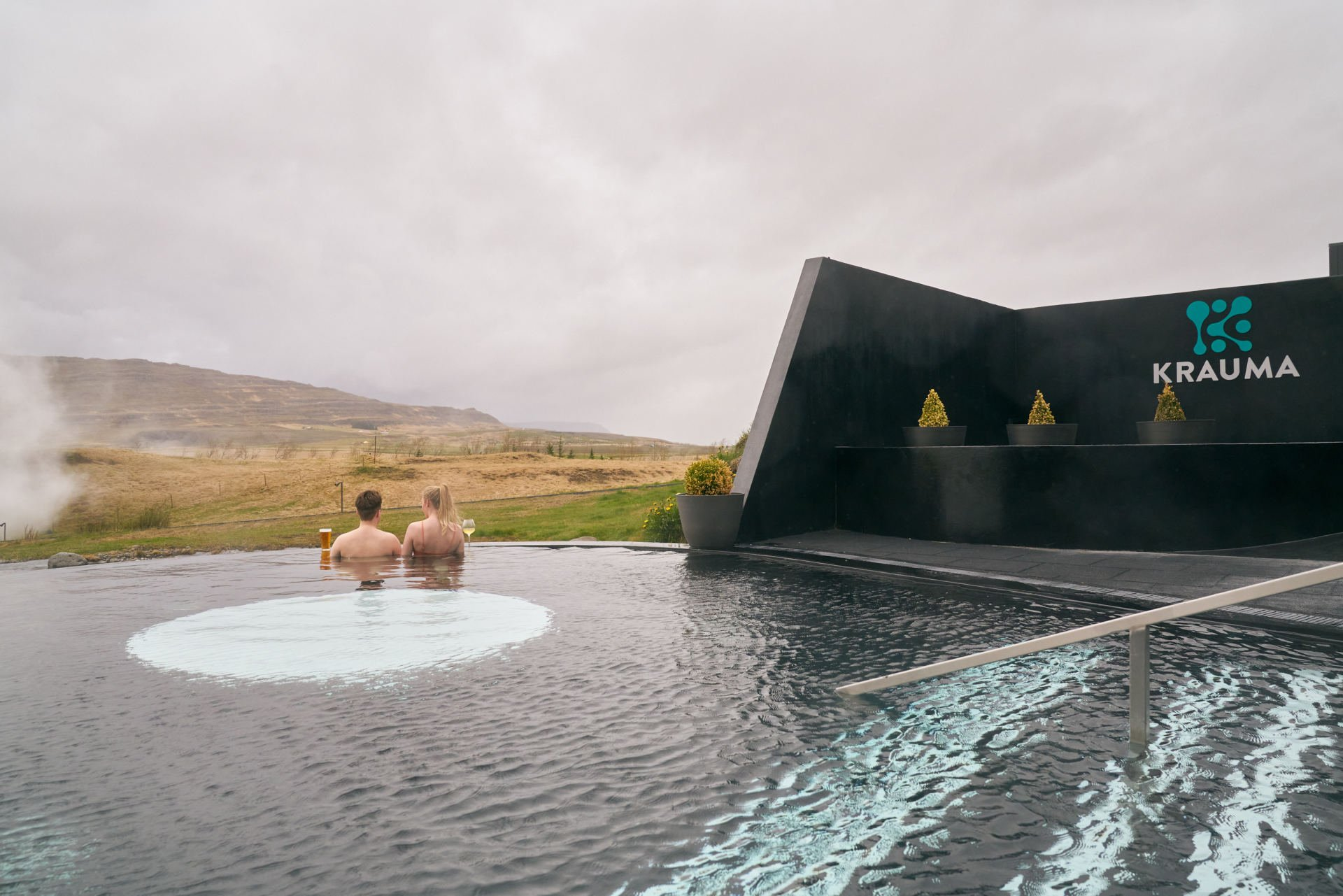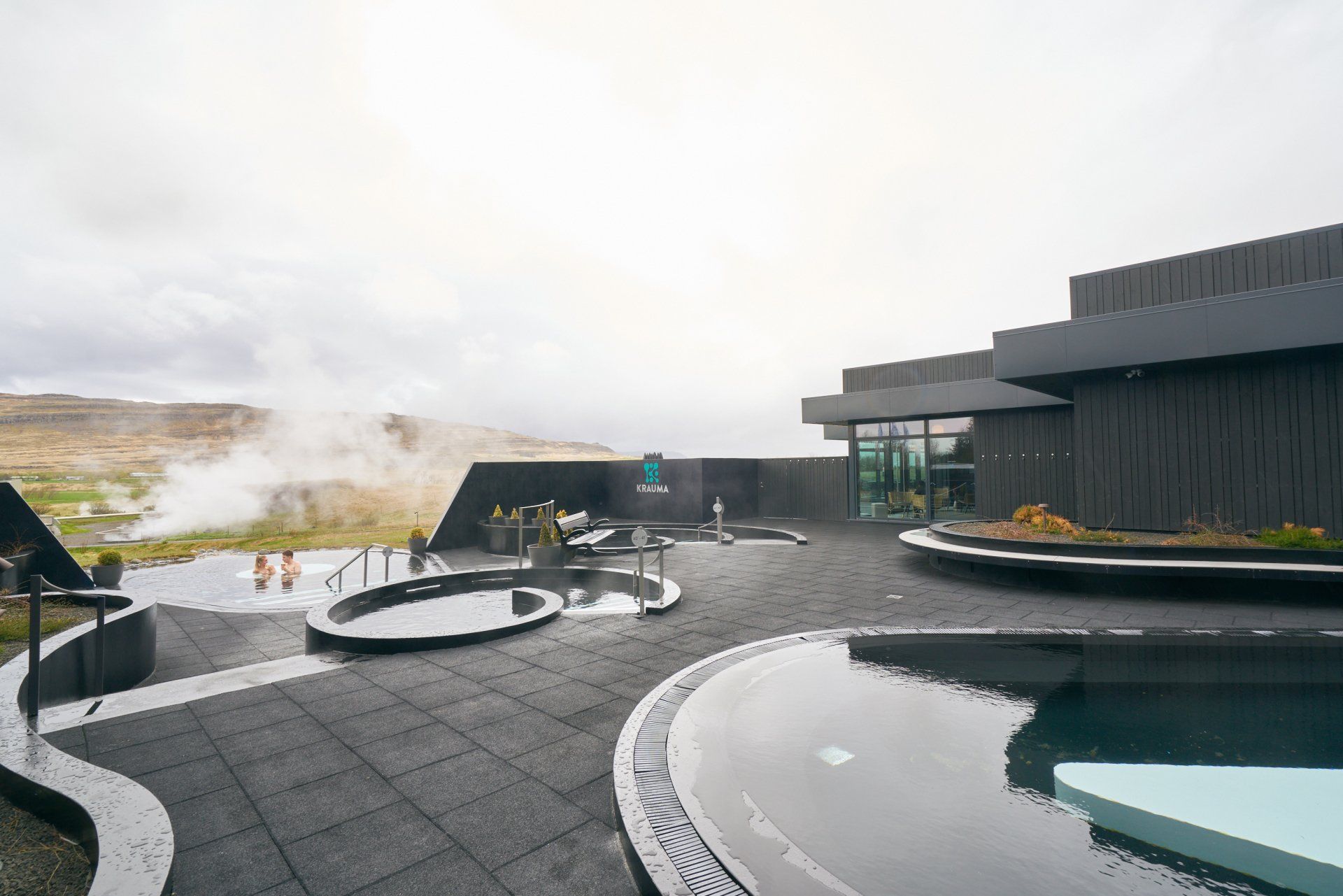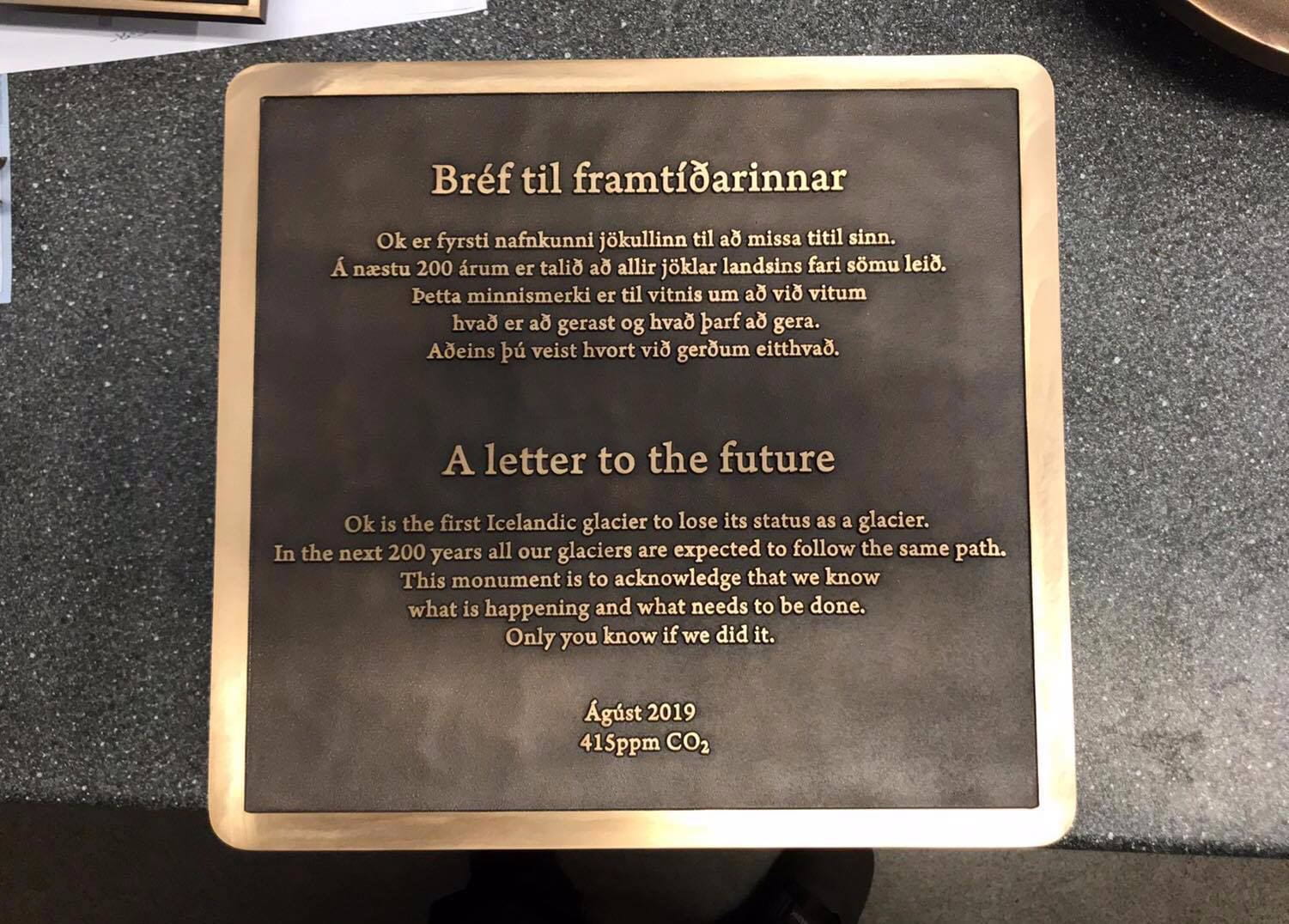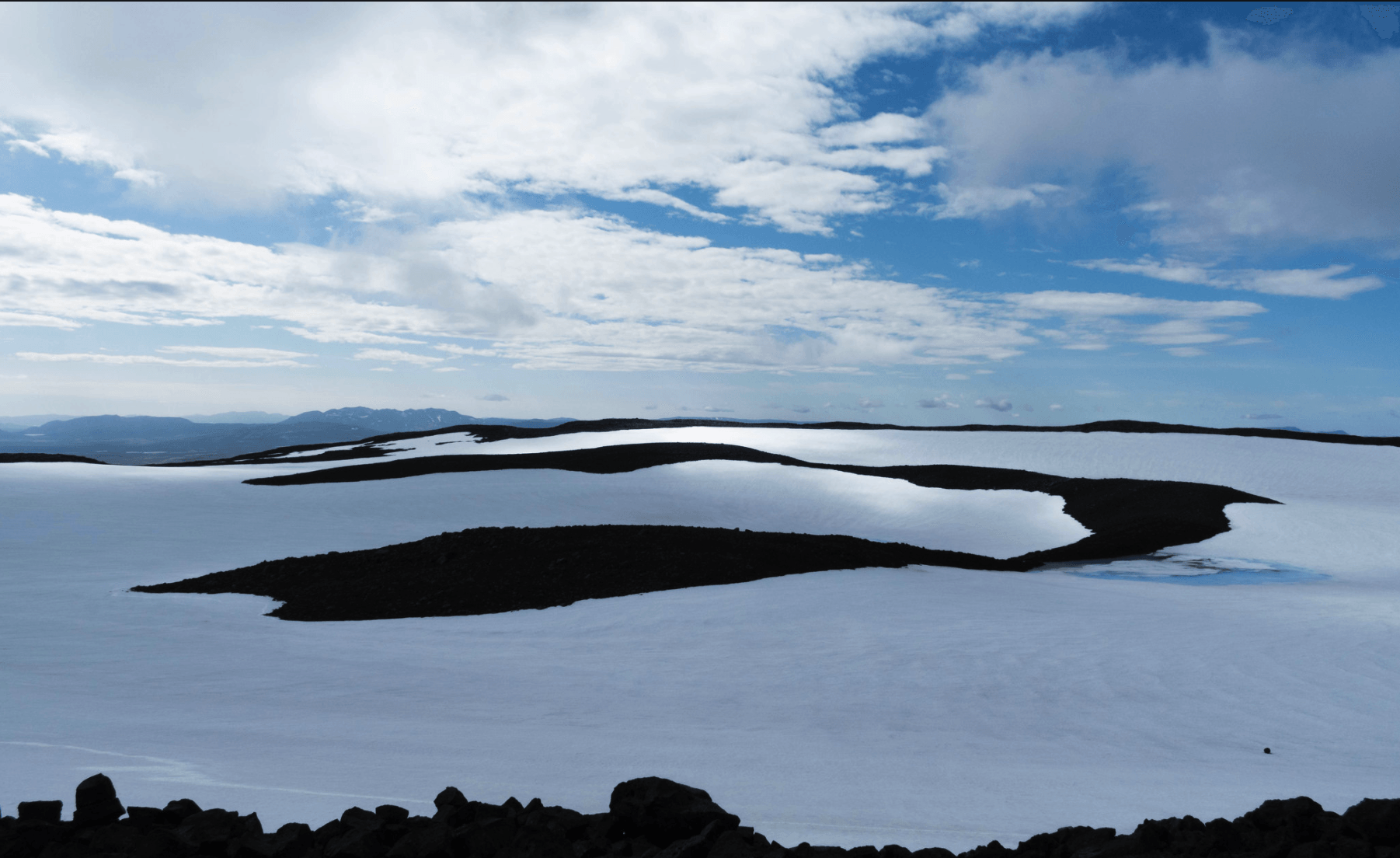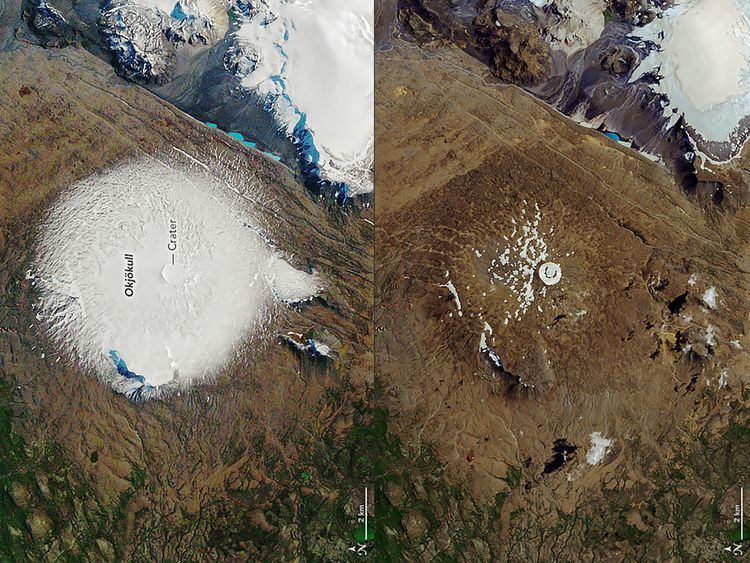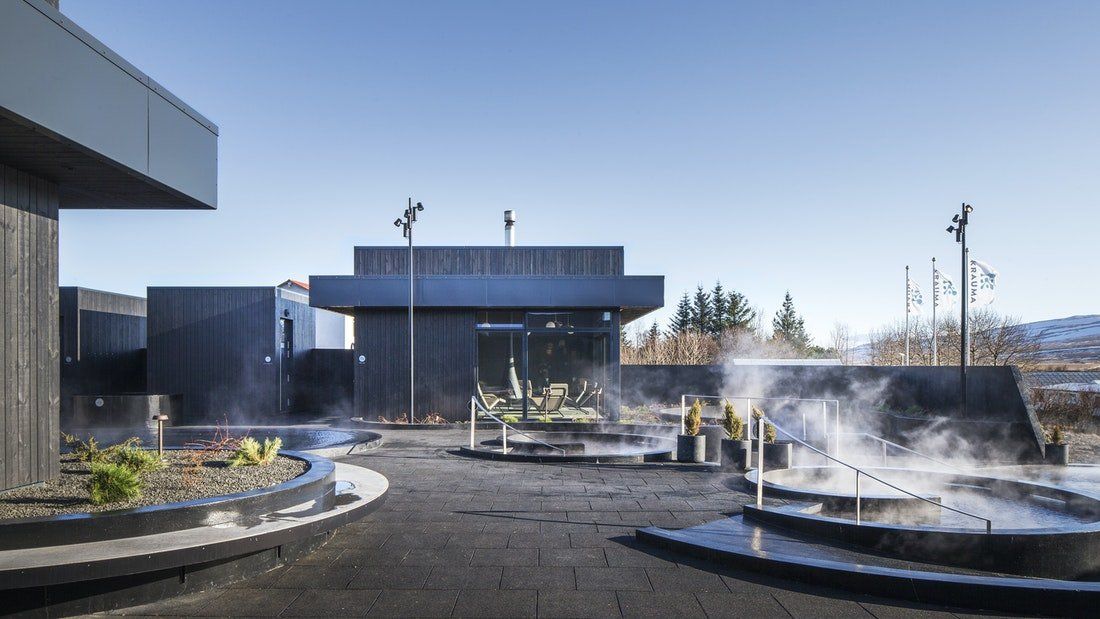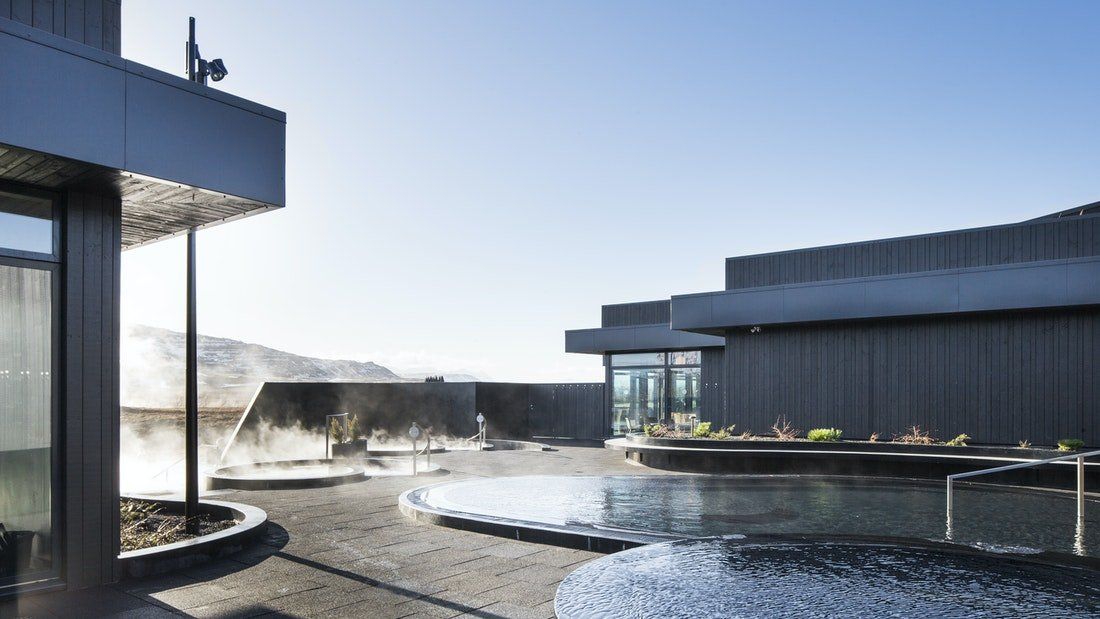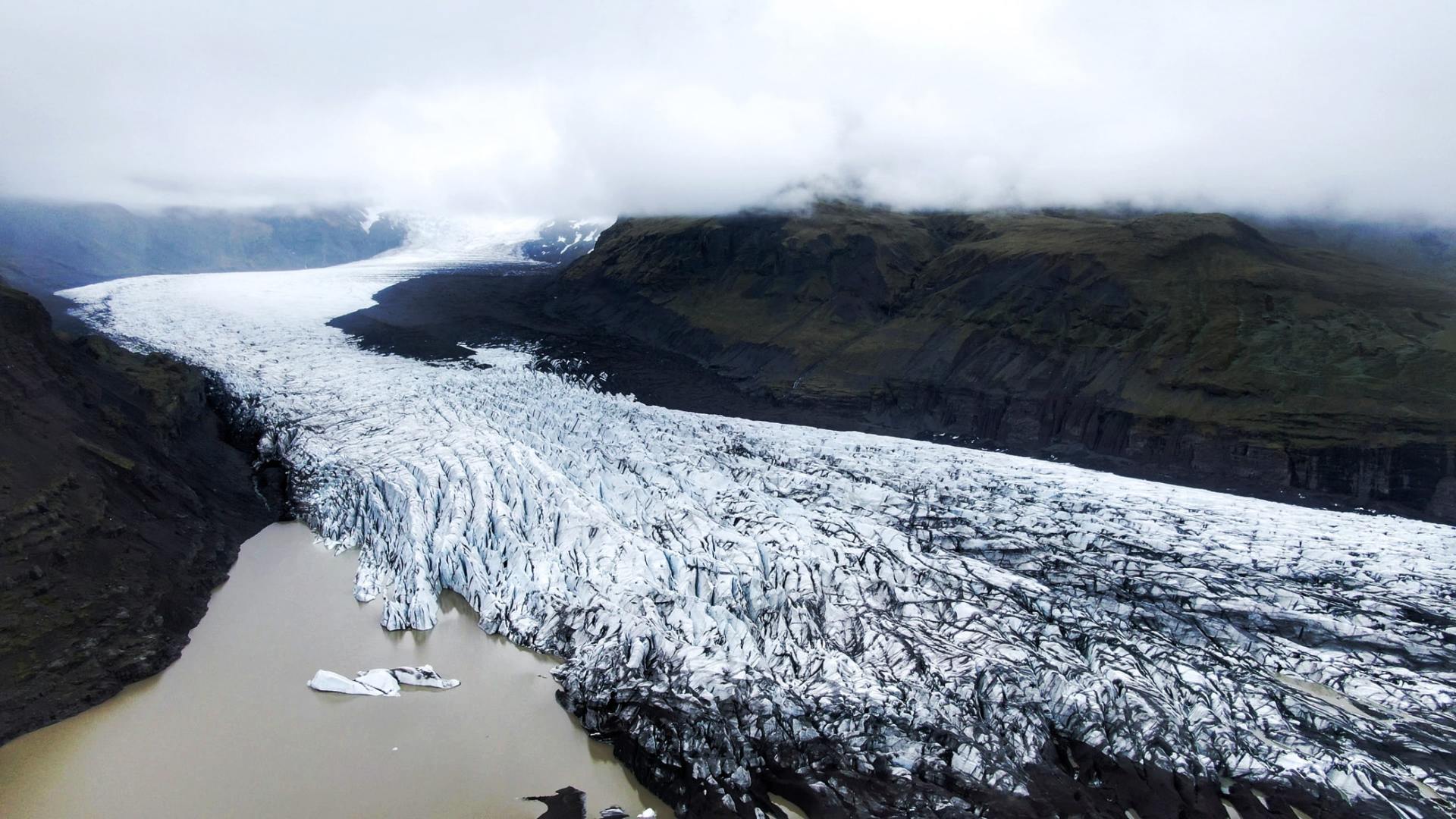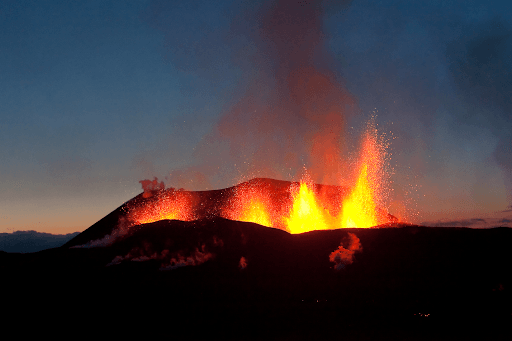All You Need to Know About Ok Glacier, the first Dead Glacier in Iceland
All You Need to Know About Ok Glacier, the first Dead Glacier in Iceland
The area where the glacier once lived was renamed Ok, and the “jökull” suffix, which means ‘glacier’ in Icelandic, has been removed.
The Importance of Glaciers in Iceland
Around 11% of Iceland is covered with glaciers, and they perform an important function in the country and worldwide.
First of all, they help to hold back the pace of climate change. When the glaciers melt, they cause sea levels to rise, altering the planet’s ecosystem and threatening corals, fish and local wildlife.
Glaciers in Iceland often induce
jökulhlaups
or glacial outburst floods that can threaten the population. They are a vital part of deglaciation, and they modify the landscape on land and near-shore continental shelves.
The
glaciers are also the greatest water storage in Iceland used for electrical production, and they correspond to the precipitation of 20 years. For this reason, they have been, and still are, researched and monitored thoroughly.
Photo Credit: Flickr. Julien Ice.
Iceland's largest glaciers are located in the South and the central Highlands since these are the regions with much higher precipitation.
How Climate Change is Affecting the Glaciers
When Iceland was being created, glaciers used to be small. They grew fast during the latter part of the Middle Ages and the 19th century. After this period, they started retreating and are continuing to decrease in size.
It is not a secret that glaciers are melting very fast due to global warming. According to some researchers, deglaciation in Iceland happens at a rate of about 40 square kilometres annually, meaning that the island can be entirely glacier-free within 200 years.
This is the case of Ok Glacier. However, Ok is not the first one in the world to “die”. There are smaller glacial masses that have also disappeared. Still, if glaciers the size of Ok are already in extinction, it is just a matter of time when larger ones will follow.
Image Credit: AFP/Nasa
However, despite losing its glacier-status, Ok still produces enough water to create an authentic geothermal bathing experience at Krauma Spa.
What Can You Expect at Krauma Nature Baths?
Krauma Nature Baths are situated in an excellent location in West Iceland, just between Reykjavík and the Snæfellsnes Peninsula. It is often considered a more affordable and quieter option to the famous Blue Lagoon Spa.
The hot water at Krauma comes from Deildartunguhver, Europe’s most powerful hot spring. It is mixed with the cold water that originated in the Ok Glacier, achieving the ideal bathing temperature.
Krauma offers a total of six baths (five warm and one cold) of different sizes and temperatures where guests are welcome to relax and sunbathe.
The spa also features two saunas with outdoor showers and a relaxation room with a fireplace and soothing music that creates the perfect atmosphere.
Krauma Spa also has a restaurant that can seat up to 70 people inside and 60 people in the terrace. Here, you can enjoy a meal after your bath to make your visit even more worthwhile.
What Other Glaciers Can You Find in Iceland?
Besides the Ok Glacier in the West of Iceland, there are other famous glaciers that you can find all around the country.
Vatnajökull is the largest glacier in Iceland and Europe. It is located in the southeast corner of the country, and it covers approximately 8% of the island. Vatnajökull has several outlet glaciers flowing from the ice cap, and it was used as a shooting location for the HBO series of Game of Thrones.
Second in size is Langjökull, which means “Long Glacier”. It is situated in western Iceland, very close to Ok Glacier. It is easily accessible from Geysir, one of the stops in the Golden Circle of Iceland, and is known for its snowmobiling tours and a man-made ice cave tunnels.
Other famous glaciers include Mýrdalsjökull and Eyjafjallajökull, both located in the South of Iceland. The former is home to the
only ice cave accessible year-round.
The latter became famous when a volcano underneath it erupted in 2010, causing enormous disruption to air travel across western and northern Europe.
Another glacier that is worth a mention is Snæfellsjökull, which served as an inspiration for Jules Verne’s science fiction novel
Journey to the Centre of the Earth.
